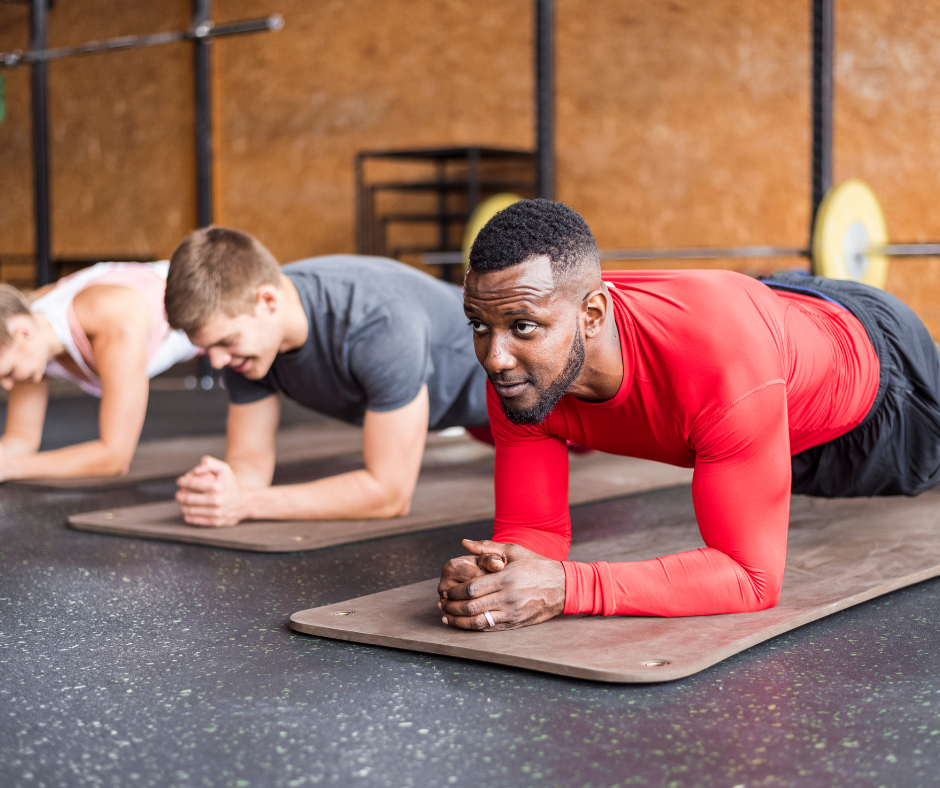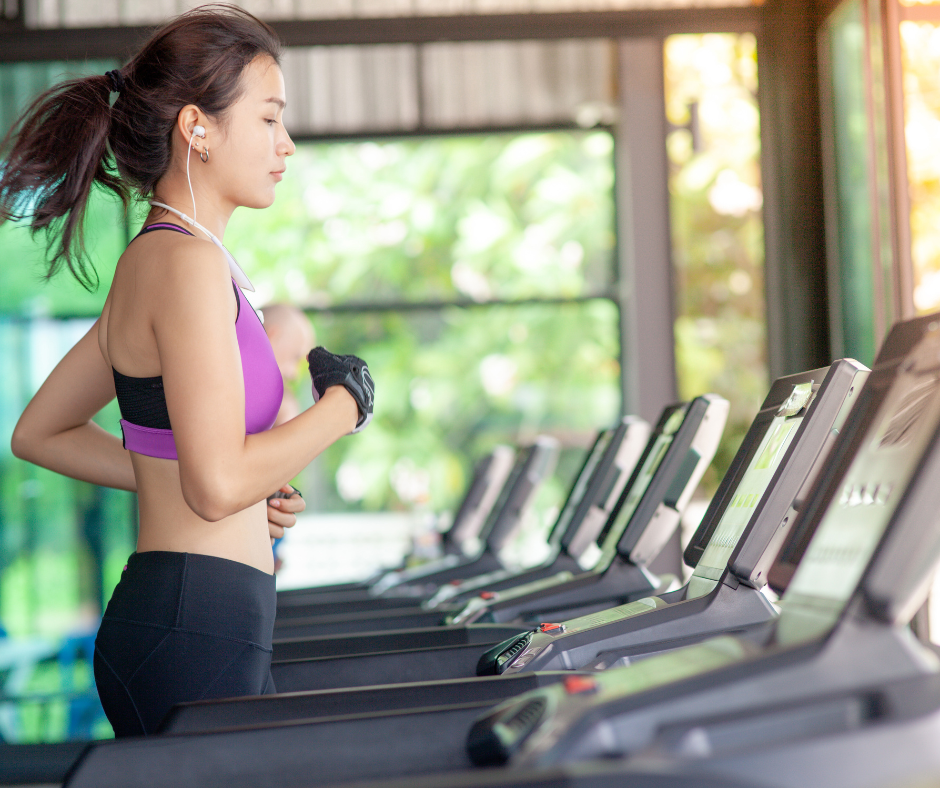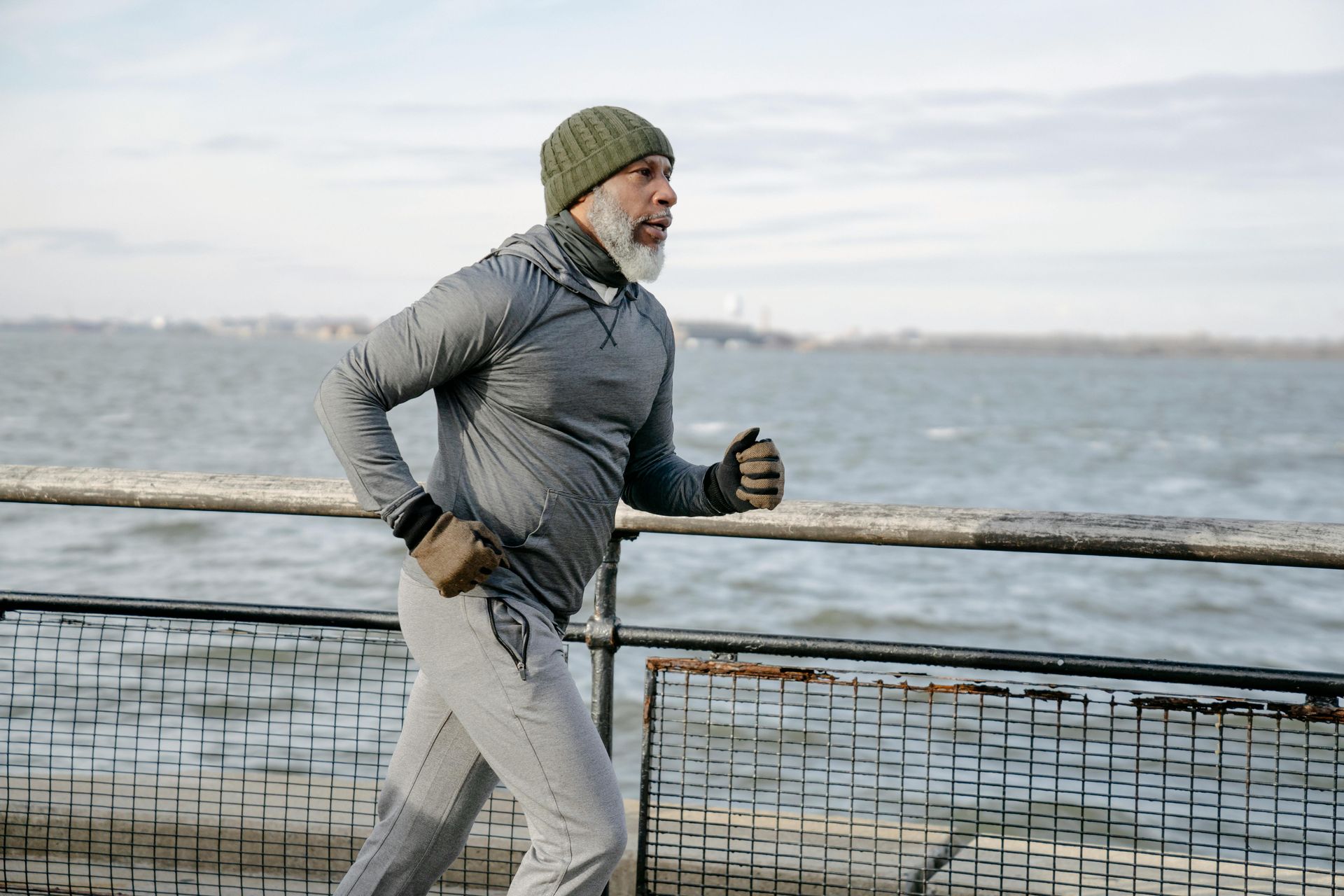Returning to the Gym After an Episode of Back Pain:
Back pain can be a debilitating condition that affects millions of people worldwide. If you've recently experienced an episode of back pain and are eager to return to the gym, it is crucial to approach your fitness routine with caution. This blog aims to provide you with a comprehensive guide on safely returning to the gym after an episode of back pain, allowing you to resume your workouts while minimising the risk of re-injury.
Seek Professional Medical Advice:
Before resuming any physical activity, it is helpful l to consult with a qualified healthcare professional, such as a Physiotherapist. They can assess your condition, help you understand the cause of your back pain, and provide individualised recommendations and precautions based on your specific situation.
Gradual Return and Patience:
Returning to the gym after back pain requires a gradual approach. Avoid the temptation to jump back into intense workouts immediately. Start with low-impact exercises and gradually increase the intensity and duration of your workouts over time. Patience is key to allow your body to adapt and strengthen without overexertion.
Focus on Strength:
A strong spine is essential for maintaining a healthy back. Incorporate exercises that target these muscles, such as planks, bridges, and bird dogs, into your routine. You can’t go wrong, by getting strong. You should follow a plan that has structured exercises to suit you, with graded exposure to more challenging exercises.

Avoid High-Impact Activities:
High-impact exercises like running or jumping can be too much for your back during the early stages of returning to the gym. During the initial phase of returning to the gym, it is advisable to avoid such activities. Instead, opt for low-impact exercises like swimming, stationary cycling, or using an elliptical machine. These activities provide cardiovascular benefits while minimising risk of rein jury.
Gradually Increase Load and Intensity:
As you progress and your back becomes stronger, gradually increase the load and intensity of your workouts. This progression should be slow and controlled, allowing your body to adapt and recover adequately between sessions. Avoid sudden increases in weight, repetitions, or intensity, as it can increase the risk of re-injury.

Listen to Your Body:
Pay close attention to any discomfort or pain during your workouts. If you experience pain or discomfort in your back, stop the exercise and try to let any pain/discomfort settle. Pushing through the pain can exacerbate your condition and lead to further injury. It is vital to differentiate between muscle soreness, which is a normal response to exercise, and pain originating from your back. If unsure, its always worth consulting with your Physiotherapist to get further advice.

Returning to the gym after an episode of back pain requires a cautious and gradual approach. By following these guidelines, seeking professional advice, focusing on strength, warming up properly, avoiding high-impact activities, maintaining good technique, listening to your body, and gradually increasing load and intensity, you can safely resume your gym routine while minimising the risk of re-injury. Remember, patience and consistency are key to achieving long-term success and maintaining a healthy back.
Chelmsford Physio
Riverside Leisure Centre, Victoria Rd, Chelmsford CM1 1FG



